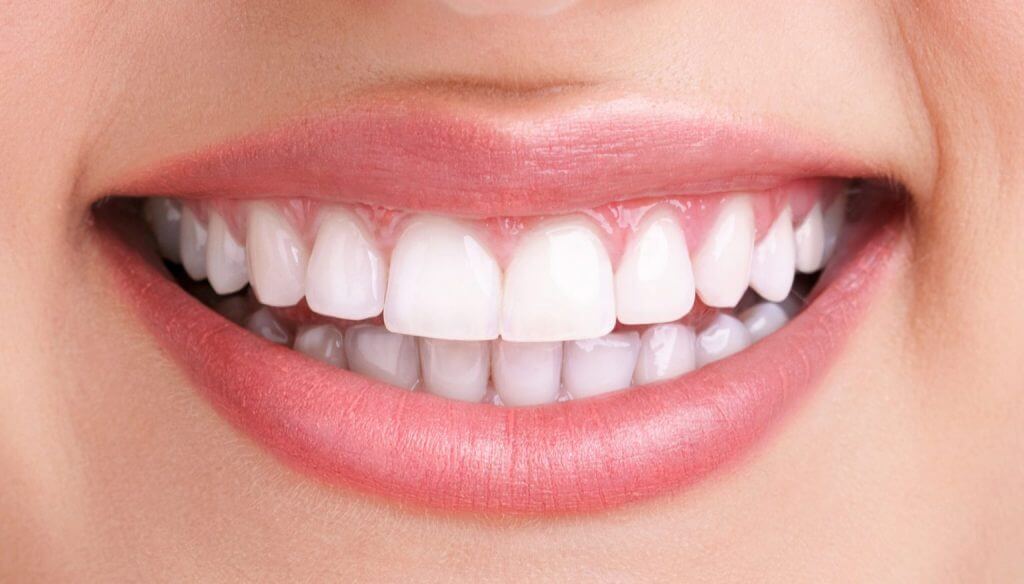Braces and orthodontic appliances are typically the last topic on a parent’s mind when they bring their young child to the dentist. However, even when a kid is diagnosed with a crossbite at the age of three or four, a discussion regarding braces, sagittal expanders, and retainers can be front and center. The next question is what to do about it, when action should happen, and what problems might occur if nothing is done at all. Let’s seek clarification.
What Exactly Is A Crossbite?
Imagine for a moment that you are seated in front of a nice soup bowl with a broad, flat brim, and that substantial chowder is within that bowl. You would like to keep the chowder warm until you are ready to eat it. So you take a second bowl that is identical to the first and place it upside-down over the soup-containing bowl. You strive to align the brims as you carefully lower it so that when they come into contact, they create a lovely, even seal. Due to the hot soup, it is unfortunately difficult to get the brims to line up properly, and as a result, the edge of the top bowl rests just slightly to the left of the lip of the bottom bowl. The way these two bowls now lie unevenly atop one another is exactly what you would see in a person with a crossbite. A crossbite can happen on either one side of the mouth or both, and it can involve numerous teeth or only one tooth. Simply said, you have a crossbite if any tooth (or teeth) lies closer to the tongue or cheek than they should instead of coming together evenly.
So, What To Do About It And When?
On whether to start treating a crossbite, the dentistry profession is divided. Some advocate starting treatment as soon as it is discovered (often as early as age three), while others advise parents to hold off until a child’s sixth-year molars have erupted. Dentists and orthodontists agree that the issue cannot go untreated, despite differences in opinion regarding the ideal time to start therapy. Doing so exposes the child to a number of difficulties that neither parents nor children want, including as gum and tooth wear, uneven jaw growth that can result in temporomandibular joint disorder (TMJ), and facial asymmetry.
What Does Crossbite Treatment Look Like?
Treatment for a crossbite typically entails using dental appliances to modify the spacing between a child’s teeth so that the bite pattern is uniform on all sides. Depending on the type of crossbite a child has, this can be accomplished with dental expanders, which look like orthodontic retainers and have a screw that needs to be tightened each night in order to “spread” a child’s bite to the recommended width. Other options include dental facemasks, braces, and clear aligners—especially when just one tooth needs to be realigned.
Crossbites are not very common and are typically thought to be genetic in origin. However, it is a disorder that must be handled quickly to prevent irreversible harm to a child’s facial and oral development. Therefore, if you find yourself on the receiving end of advice concerning having your child wear a dental expander, pay attention and get as many perspectives as you need. Long into the future, both your child and your bank account will appreciate it.



